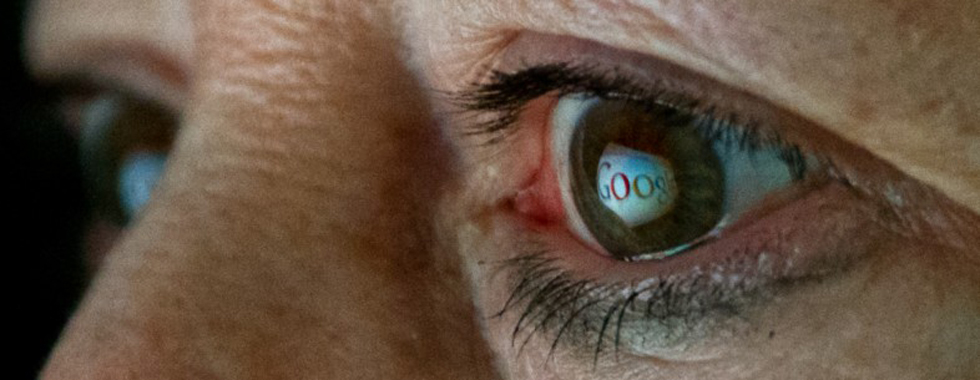Sunday Times 2
Google’s next crazy project: Smart contact lenses
View(s):SAN FRANCISCO (Reuters) – If you thought Google Glass was pretty far out, the tech giant’s latest project might have you seeing double.
Google is developing a “smart” contact lens. Yes, a contact lens made with super-tiny chips and sensors and an antenna inside that — of course — you wear right on your eyeball. No joke.
But instead showing you status updates, driving directions or allowing you to take pictures directly from your field of vision like Glass does, the intention for these contact lenses is very specific: to aid people with diabetes. The chips and sensors in the contact lenses are supposed to be able to track glucose levels in a person’s tears. Collecting tears can be difficult so why not get the technology directly to the source?

Google is developing a variety of new technologies including self-driving cars and balloons that beam wireless Internet to remote regions of the world (AFP)
Google said a prototype of its “smart contact lens” can generate a reading of a tear’s glucose level every second, potentially replacing the need for people with diabetes to prick their fingers and test drops of blood throughout the day.
“Although some people wear glucose monitors with a glucose sensor embedded under their skin, all people with diabetes must still prick their finger and test drops of blood throughout the day,” the project’s co-founders, Brian Otis and Babak Parviz, wrote in a Google blog post. “It’s disruptive, and it’s painful. And, as a result, many people with diabetes check their blood glucose less often than they should.”
Tracking blood glucose, or blood-sugar-concentration, is a way to monitor the spikes and drops that are common in people with diabetes.
Google is still testing the technology in the contact lenses, which could eventually include tiny LED lights that could light up when a wearer’s glucose levels cross above or below certain thresholds, the company says.
“We’re in discussions with the FDA, but there’s still a lot more work to do to turn this technology into a system that people can use,” Google said in a post on its official blog.
Google said it planned to find partners, “who are experts in bringing products like this to market.”
The world’s largest Internet search engine, Google is developing a variety of new technologies outside its core business, including self-driving cars and balloons that beam wireless Internet to remote regions of the world.
Google has also become more focused on health-related issues, launching a separate company in September devoted to tackling diseases related to aging.
It’s worth noting that other “smart” contact lenses are being developed for other uses by other companies. What’s also interesting is that Google’s Babak Parviz used to teach at the University of Washington, where he collaborated with Microsoft Research on a similar project.

